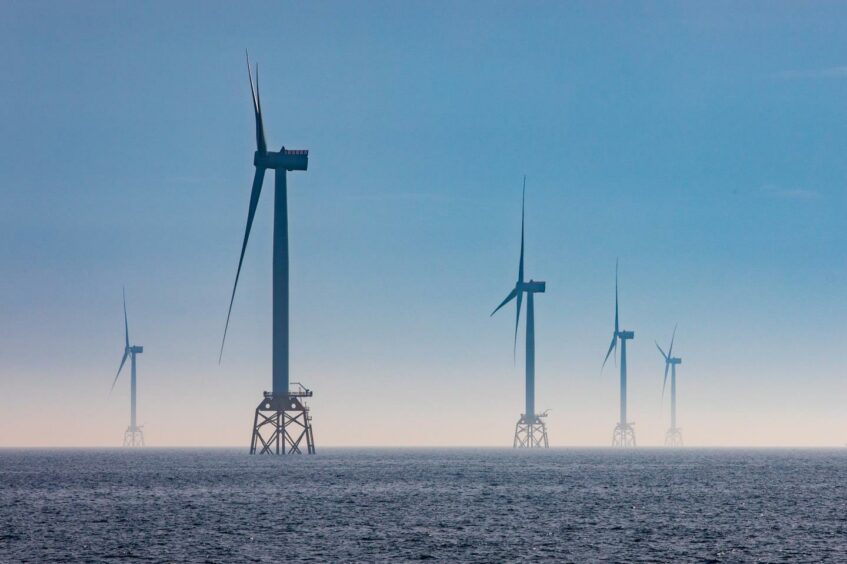
Japan’s Mitsubishi is confident that the three offshore wind projects it won last year in auctions will be profitable despite the low feed-in tariff prices it bid, the head of its energy solutions unit told Reuters.
A Mitsubishi-led consortium dominated Japan’s first-ever fixed-bottom offshore wind auction with record-low prices last December. The Japanese government selected three consortiums, all led by Mitsubishi, as the operators of offshore wind farms in Akita, northern Japan, and Chiba, near Tokyo, with a total generation capacity of 1.7 GW.
The results surprised the industry, but as Energy Voice previously reported European know-how will still be needed to make the nascent sector a success in Japan.
Still, Mitsubishi’s rivals were stunned by the low tariff prices the trading house’s group had proposed – 11.99 yen ($0.1) per kilowatt-hour (kWh), 13.26 yen kWh, and 16.49 yen kWh – far below a ceiling price of 29 yen kWh, noted Reuters.
But Yoshihiro Iwasaki, the chief executive of Mitsubishi Corporation Energy Solutions told Reuters yesterday: “we will be fine.”
“We made our bids by accumulating all the costs from suppliers, after thinking out specifications and construction methods to trim expenses,” he said on the sideline of the Smart Energy Week event.
“That was after we had examined all the risk factors and made thorough discussions with our group’s experts at home and abroad.”
One executive at an overseas wind power company, who declined to be identified due to sensitivity of the issue, predicted Mitsubishi will likely make losses following its success at the auction, added Reuters.
“The results sent a shockwave to the industry as their prices were so low,” he said, speaking on the sidelines of the same event.
In early March, Dutch maritime contracting company Van Oord and Japanese construction firm Kajima confirmed they had won work on the trio of offshore wind projects led by Mitsubishi. Van Oord said it was the first contract “of this size” in Japan.
The pair said they will provide all supporting components and auxiliary systems for the wind projects, other than the turbines.
Several global wind power companies such as Denmark’s Orsted and Germany’s RWE are keen to enter Japan’s market. The government plans to install up to 10 GW of offshore wind capacity by 2030, and up to 45 GW by 2040.
Although Mitsubishi’s domination of the recent auction surprised the industry, analysts told Energy Voice that European know-how will still be needed to make the nascent sector a success in Japan.
Experts in international trade are predicting the Asia-Pacific region will lead the world in offshore renewables growth post-Covid-19, creating a swathe of opportunities for Scottish supply chain companies. With Japan expected to be the world leader in offshore renewables growth.
The offshore wind market in Asia is expected to experience massive expansion over the next five to 10 years, particularly in the more advanced economies of Taiwan, Japan and South Korea, as governments face increasing pressure to focus on climate change, renewable energy sources, and hit their net-zero emissions targets.
Recommended for you

